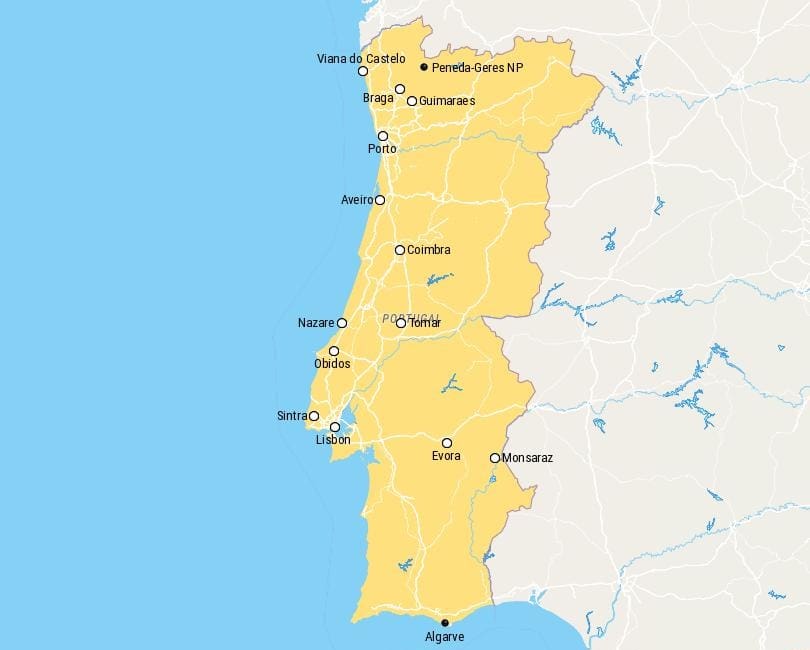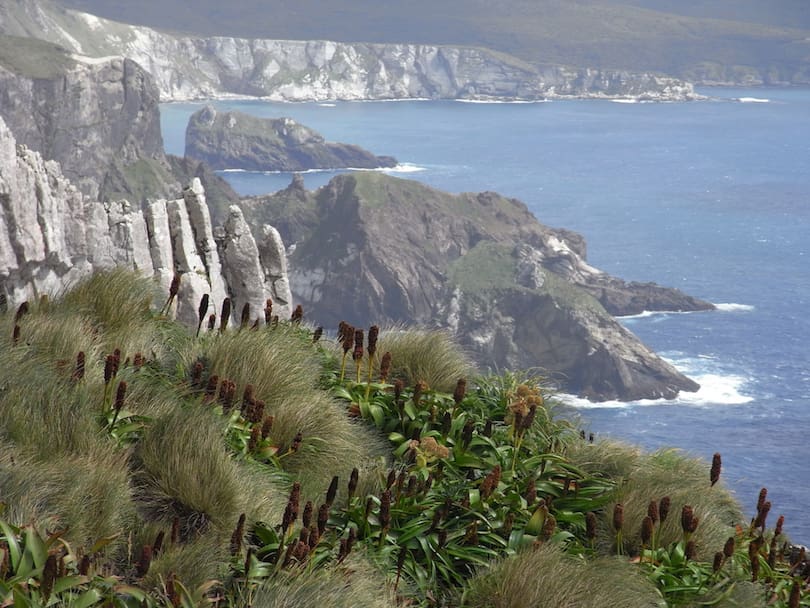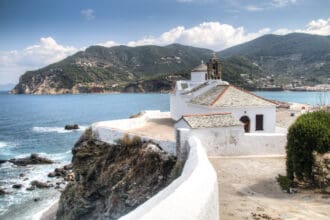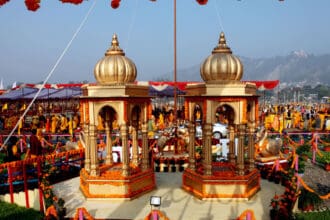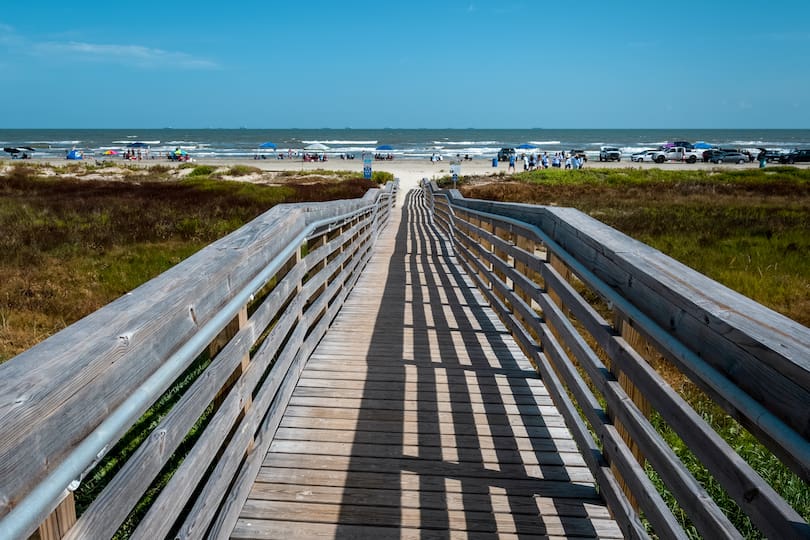Portugal is a country rich in history, culture, and natural beauty. It is located on the southwestern coast of Europe and is known for its stunning beaches, historic cities, vibrant culture, and delicious cuisine. In this article, we will take a look at the 17 best places to visit in Portugal, from cosmopolitan cities to quaint towns and picturesque villages.
1. Introduction
Portugal is a country that has something to offer everyone. From its charming towns to its lively cities, stunning beaches to breathtaking landscapes, Portugal is a destination that should be on everyone’s travel list. Whether you’re interested in exploring the country’s rich history or indulging in its delicious food and wine, Portugal has something for you. In this article, we will take a look at the 17 best places to visit in Portugal, giving you a comprehensive guide to the country’s top destinations.
2. Lisbon
Lisbon, the capital of Portugal, is one of the most vibrant and culturally rich cities in Europe. Located on the Atlantic coast, Lisbon boasts stunning views of the ocean and is home to some of the country’s most famous landmarks, including the Belem Tower and the Jeronimos Monastery. The city’s historic center, known as the Alfama, is a labyrinth of narrow streets and alleyways that are perfect for exploring on foot.
3. Sintra
Located just a short drive from Lisbon, Sintra is a charming town that is known for its stunning palaces, castles, and gardens. The town’s most famous attraction is the Pena Palace, a colorful and eclectic palace that is perched high on a hill and offers breathtaking views of the surrounding countryside. Other must-see attractions in Sintra include the National Palace of Sintra and the Quinta da Regaleira, a stunning estate that is home to lush gardens, underground tunnels, and ornate fountains.
4. Porto
Located in the north of Portugal, Porto is a historic city that is famous for its stunning architecture, delicious food, and world-renowned port wine. The city’s historic center, which is a UNESCO World Heritage site, is home to narrow streets, colorful buildings, and stunning churches and cathedrals. Porto is also known for its lively nightlife, with a wide range of bars and clubs to suit all tastes.
5. Algarve
The Algarve is a region in the south of Portugal that is known for its stunning beaches, picturesque villages, and warm climate. The region is home to some of the country’s most popular tourist destinations, including the towns of Albufeira, Lagos, and Portimão. The Algarve is also a great destination for outdoor activities, with a wide range of water sports, hiking trails, and golf courses on offer.
6. Coimbra
Coimbra is a historic city located in central Portugal that is known for its beautiful architecture and rich cultural heritage. The city is home to one of the oldest universities in Europe, and its historic center is a UNESCO World Heritage site. Other must-see attractions in Coimbra include the Biblioteca Joanina, a stunning 18th-century library that is considered one of the most beautiful in the world, and the Se Velha, a Gothic cathedral that dates back to the 12th century. Coimbra is also famous for its fado music, which is a unique form of traditional Portuguese music that is characterized by its soulful melodies and poetic lyrics.
7. Funchal
Located on the island of Madeira, Funchal is the capital city of the region and is known for its stunning scenery and vibrant culture. The city is surrounded by mountains and is home to lush gardens, colorful flowers, and exotic fruits. Funchal is also famous for its wine, which is made from the grapes that grow on the steep hillsides surrounding the city. Other must-see attractions in Funchal include the Mercado dos Lavradores, a vibrant market that sells fresh produce, flowers, and handicrafts, and the Monte Palace Tropical Garden, a beautiful botanical garden that is home to exotic plants from all over the world.
8. Évora
Located in the heart of the Alentejo region, Évora is a charming town that is known for its rich history and beautiful architecture. The town’s historic center is a UNESCO World Heritage site and is home to some of the country’s most important monuments, including the Roman Temple of Évora and the Cathedral of Évora. Other must-see attractions in Évora include the Chapel of Bones, a macabre but fascinating chapel that is decorated with human bones, and the Almendres Cromlech, a mysterious prehistoric site that is thought to be one of the oldest in Europe.
9. Cascais
Located just a short drive from Lisbon, Cascais is a picturesque town that is known for its stunning beaches, elegant mansions, and lively atmosphere. The town’s historic center is a charming mix of narrow streets and colorful buildings, and there are plenty of restaurants, cafes, and bars to suit all tastes. Other must-see attractions in Cascais include the Boca do Inferno, a stunning cliff formation that is popular with photographers, and the Cascais Marina, which is home to a wide range of water sports and boat tours.
10. Alentejo
The Alentejo region is a vast and sparsely populated area that is located in the south of Portugal. The region is known for its beautiful countryside, charming towns, and delicious cuisine. Some of the must-see attractions in the Alentejo include the town of Monsaraz, a charming hilltop village that is known for its stunning views of the surrounding countryside, and the São Vicente de Alcácer do Sal Castle, a medieval fortress that is located on the banks of the Sado River.
11. Braga
Located in the north of Portugal, Braga is a historic city that is known for its stunning Baroque architecture and vibrant cultural scene. The city’s historic center is home to a wide range of beautiful buildings and monuments, including the Braga Cathedral, the Bom Jesus do Monte Sanctuary, and the Palacio do Raio. Braga is also famous for its festivals, including the Semana Santa (Holy Week) celebrations, which are some of the most impressive in the country.
12. Guimarães
Guimarães is a charming and historic city located in northern Portugal. It is often referred to as the “birthplace of Portugal” as it is believed to be the place where the country’s first king was born. The city is known for its medieval architecture and rich cultural heritage. Some of the top attractions in Guimarães include the Guimarães Castle, the Palace of the Dukes of Braganza, and the historic city center.
13. Aveiro
Aveiro is a picturesque coastal city located in central Portugal. It is often referred to as the “Venice of Portugal” due to its network of canals and colorful moliceiro boats. The city is known for its beautiful Art Nouveau architecture and its delicious local cuisine, including the famous ovos moles (sweet egg yolks).
14. Tomar
Tomar is a historic town located in central Portugal that is known for its medieval castle and the Convent of Christ, a UNESCO World Heritage site. The town is also known for its beautiful gardens and parks, including the Mata Nacional dos Sete Montes, a large park with stunning views of the town and the surrounding countryside.
15. Viana do Castelo
Viana do Castelo is a coastal town located in northern Portugal that is known for its beautiful beaches and rich cultural heritage. The town is home to a number of historic landmarks, including the Santa Luzia Basilica, which offers stunning views of the surrounding landscape.
16. Obidos
Obidos is a small medieval town located in central Portugal that is known for its beautiful castle and picturesque streets. The town is surrounded by medieval walls and is home to a number of historic churches and buildings. One of the top attractions in Obidos is the annual medieval fair, which takes place in July and features live music, jousting tournaments, and traditional food and drink.
17. Madeira Island
Madeira Island is a stunning volcanic island located in the Atlantic Ocean. It is known for its rugged coastline, lush forests, and subtropical climate. The island is a popular destination for hiking and nature enthusiasts, and it is also known for its delicious local cuisine and wine.
Conclusion
Portugal is a beautiful and diverse country that offers something for everyone. Whether you’re interested in history, culture, or nature, there are plenty of places to explore and discover. From the stunning beaches of the Algarve to the historic cities of Lisbon and Porto, Portugal has it all.
FAQs
- What is the best time to visit Portugal?
The best time to visit Portugal is in the spring (March to May) or the fall (September to November), when the weather is mild and the crowds are smaller. However, if you’re interested in beach activities, the summer months (June to August) are the best time to visit.
- What is the currency used in Portugal?
The currency used in Portugal is the Euro (EUR).
- Is it safe to travel to Portugal?
Yes, Portugal is a safe country to travel to. However, like in any other country, you should take basic precautions to ensure your safety.
- What is the official language of Portugal?
The official language of Portugal is Portuguese.
- What are some traditional Portuguese dishes?
Some traditional Portuguese dishes include bacalhau (salt cod), cozido (stew), francesinha (a sandwich with meat and cheese), and pastel de nata (a custard tart).

